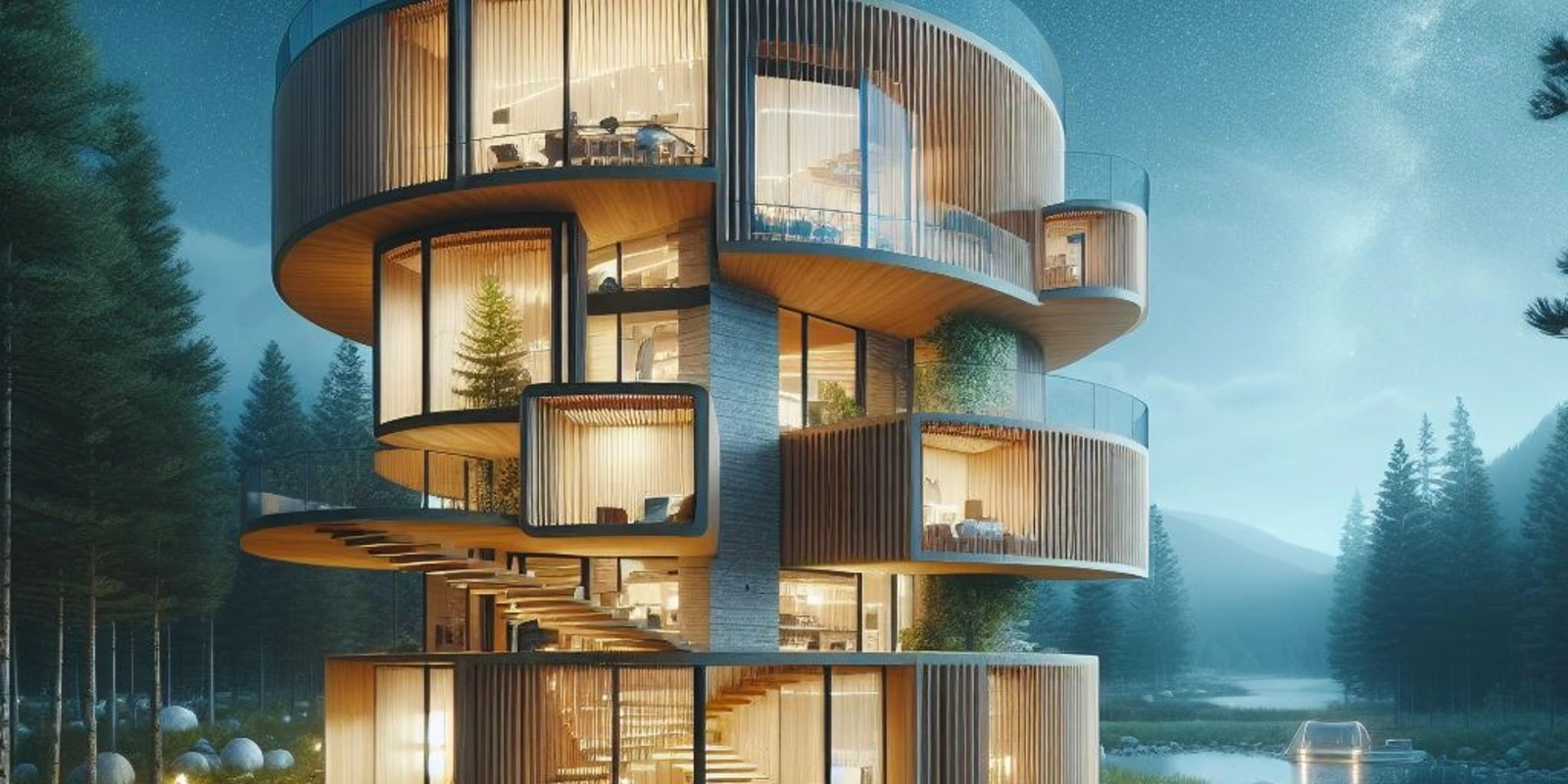
Zero Energy Buildings: The Future of Architecture

Zero energy buildings represent a revolutionary shift in the field of architecture and construction, embodying the pinnacle of energy efficiency and sustainability. These buildings are designed to generate as much energy as they consume over the course of a year, primarily through the use of renewable energy sources such as solar panels and wind turbines. This article delves into the concept, benefits, and global implications of zero energy buildings, offering insights into their role in combating climate change and reducing carbon footprints.
Understanding Zero Energy Buildings
A zero energy building (ZEB) is a structure with significantly reduced energy needs. The energy required is produced by renewable energy technologies integrated into the building, making it self-sufficient. This balance between energy consumption and production is calculated on an annual basis, taking into account the varied energy demands and production capacities throughout the year.
Design Principles and Technologies
The design of zero energy buildings focuses on optimizing energy use and harnessing renewable energy. Key elements include high-efficiency insulation, energy-efficient windows, passive solar design, and the incorporation of technologies like photovoltaic systems, solar water heating, and geothermal energy systems. Smart building technologies and energy management systems play a crucial role in monitoring and adjusting energy consumption and production.
Benefits of Zero Energy Buildings
Beyond environmental sustainability, zero energy buildings offer economic and health benefits. They reduce energy bills, protect against future energy price hikes, and contribute to a more stable and secure energy grid. Furthermore, these buildings often utilize materials and design principles that enhance indoor air quality and occupant comfort.
Global Impact and Adoption
The adoption of zero energy buildings is gaining momentum worldwide, driven by governmental policies, environmental advocacy, and advances in technology. Countries like Germany, Canada, and Singapore are leading the way with ambitious zero energy initiatives and building codes. These efforts are complemented by international collaborations and agreements aimed at reducing global greenhouse gas emissions and promoting sustainable development.
Challenges and Future Directions
Despite their benefits, zero energy buildings face challenges such as high upfront costs, technological limitations, and the need for broader regulatory and financial support mechanisms. Advancements in materials science, renewable energy technologies, and policy frameworks are essential to overcome these obstacles and encourage wider adoption.
Conclusion
Zero energy buildings stand at the forefront of sustainable architecture, offering a viable solution to the urgent environmental challenges of our time. As technology advances and awareness grows, these innovative structures are set to play a pivotal role in shaping a more sustainable, energy-efficient future for the built environment.







Your insights and experiences enrich our community. Dive into the discussion and share your thoughts with us below!